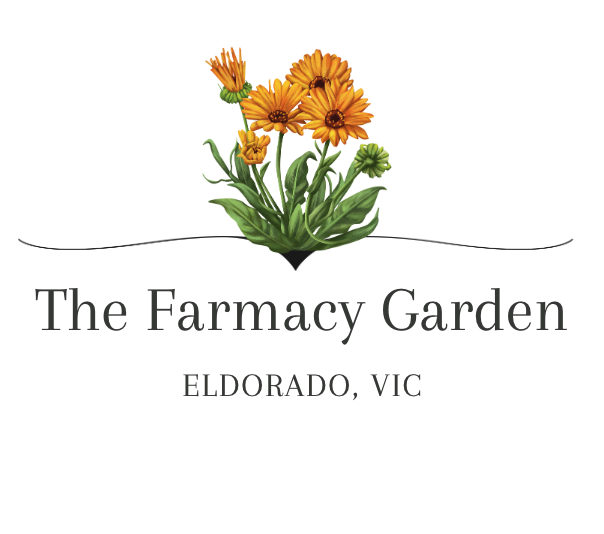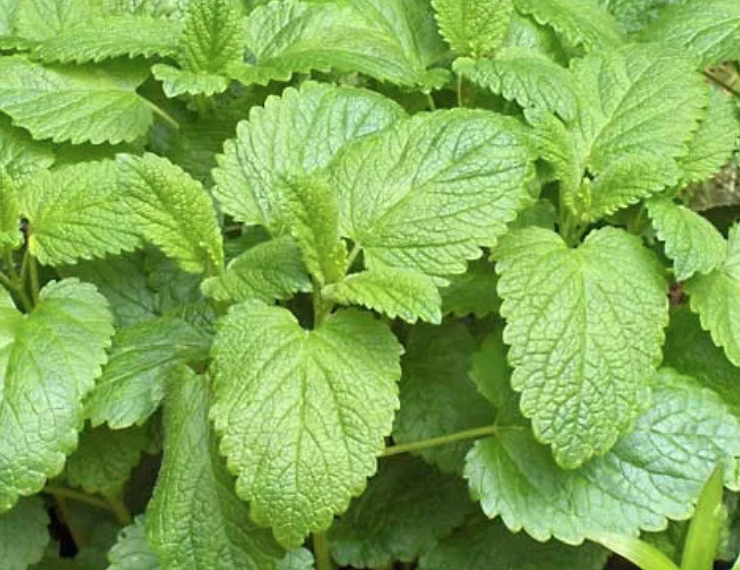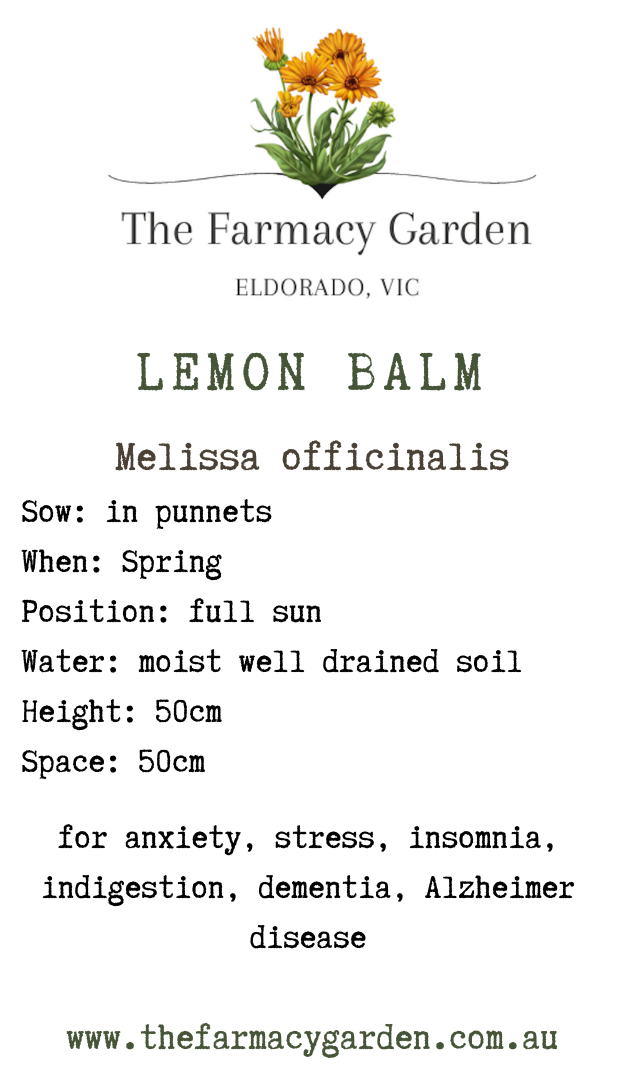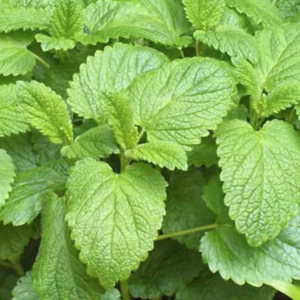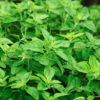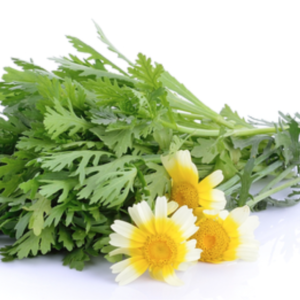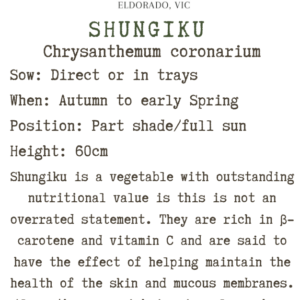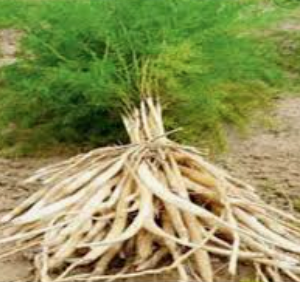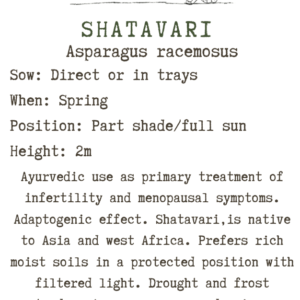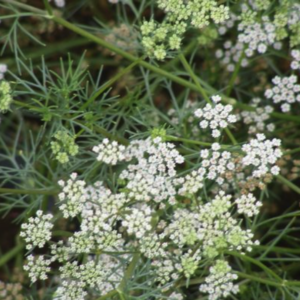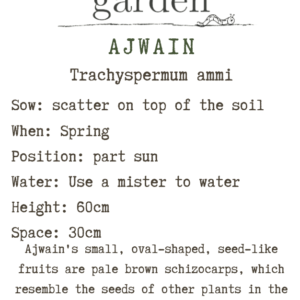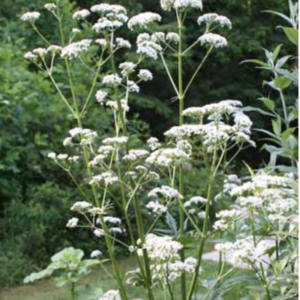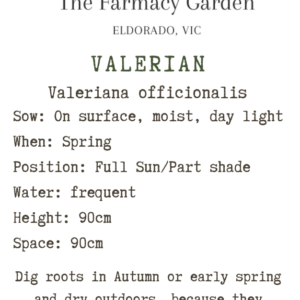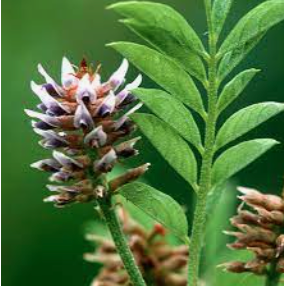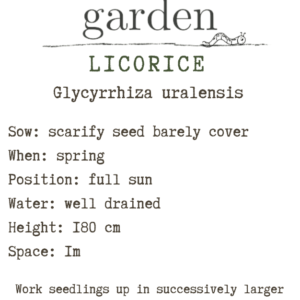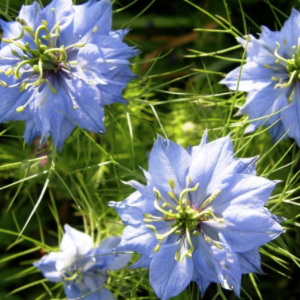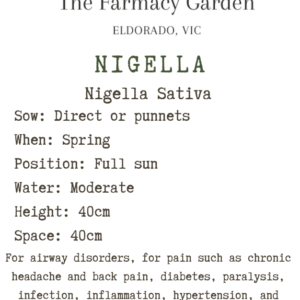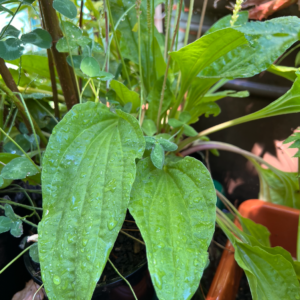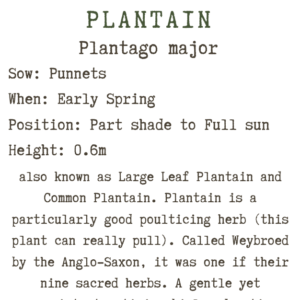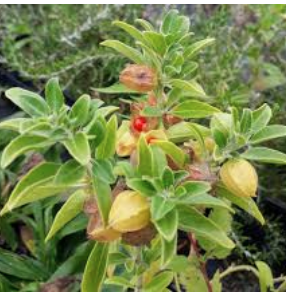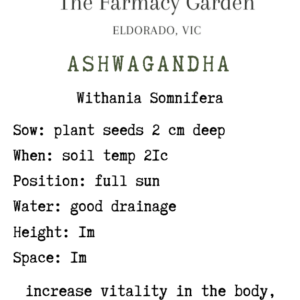Lemon Balm Seeds, Melissa officinalis
$4.50 Original price was: $4.50.$2.00Current price is: $2.00.
Lemon balm (Melissa officinalis), a member of the mint family, is considered a calming herb. It was used as far back as the Middle Ages to reduce stress and anxiety, promote sleep, improve appetite, and ease pain and discomfort from indigestion (including gas and bloating, as well as colic).
Lemon balm (Melissa officinalis), a member of the mint family, is considered a calming herb. It was used as far back as the Middle Ages to reduce stress and anxiety, promote sleep, improve appetite, and ease pain and discomfort from indigestion (including gas and bloating, as well as colic)
GROW: Lemon balm plants will grow in part shade to full sun, but flourish best in full sun. It isn’t recommended that you fertilise lemon balm, as this can cause the strength of its scent to be reduced.
- Seed starting indoors: Sow seeds indoors about 2 months before transplanting lemon balm into the garden after the last spring frost. Seeds require light to germinate so do not cover them or cover them only lightly with fine soil. Germination will come in about 14 days.
- Transplanting to the garden: Set transplants in the garden after the last spring frost.
- Outdoor planting time: Sow lemon balm in spring at about the average date of the last frost. Seeds can be slow to germinate. Also, sow seed in late summer or fall. Root divisions can be planted at any time during the growing season but will become established quicker in cool weather. Cuttings from new growth can be started in moist sand.
HARVEST: You can harvest handfuls of lemon balm leaves for fresh use almost any time during the growing season. For a large harvest of leaves that will be dried for tea or medicinal use, it is preferable to wait until the plant begins to put on flower buds or just as the flowers begin to open.
USE: The smell and taste of common lemon balm is not as sharp or crisp as a lemon, but is rich, deep, and woody, especially when dried. Newer cultivars have an improved lemony aroma. Lemon balm is wonderful when used to make hot or cold tea, and its flavor blends very well with black tea and other herbs such as apple mint, lemon verbena, anise, fennel, and fenugreek. The leaves and flowers make unique, flavorful jelly or herbed vinegar. They can also be added to creamy dressings, dips, and spreads. Add young leaves to fruit punch and green or fruit salads.
One of my favorite things to make with lemon balm is shortbread or sugar cookies. Simply pick out your favorite generic recipe and add to it a handful of fresh, chopped lemon balm leaves and a few toasted nuts.
Although there are many great ways to use lemon balm in the kitchen, the real magic of this sometimes-beguiled herb lies in its medicinal properties. And make no mistake about it: lemon balm is a powerful and useful medicinal.
Related products
Flower Seeds
Medicinal Herb Seeds
Flower Seeds
Medicinal Herb Seeds
